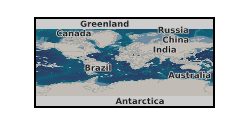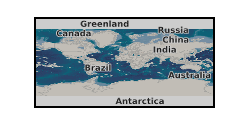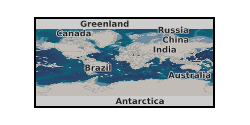.txm
Type of resources
Topics
Keywords
Contact for the resource
Provided by
Years
Formats
Update frequencies
-

This dataset contains 10 three dimensional x-ray tomographic images of CO2-acidified brine reacting with Ketton limestone at a voxel size of 3.8 microns. It includes the unreconstructed projections (.txrm), the reconstructed images (.txm), and the masked and cropped segmented images (.am and .raw). The rock was imaged during dissolution 10 times over the course of 2.5 hours. Details can be found in Menke et al., 2015 in the journal Environmental Science and Technology.
-

We investigated the physical basis of this weakened trapping using pore scale observations of supercritical CO2 in mixed-wet carbonates. The wetting alteration induced by oil provided CO2-wet surfaces that served as conduits to flow. In situ measurements of contact angles showed that CO2 varied from nonwetting to wetting throughout the pore space, with contact angles ranging 25° <θ< 127°; in contrast, an inert gas, N2, was nonwetting with a smaller range of contact angle 24° <θ< 68 °. Observations of trapped ganglia morphology showed that this wettability allowed CO2 to create large, connected, ganglia by inhabiting small pores in mixed-wet rocks. The connected ganglia persisted after three pore volumes of brine injection, facilitating the desaturation that leads to decreased trapping relative to water-wet systems. This data is associated with this open access publication: Environ. Sci. Technol. 2016, 50, 18, 10282-10290. https://doi.org/10.1021/acs.est.6b03111.
-

A laboratory µ-CT scanner was used to image the dissolution of Ketton, Estaillades, and Portland limestones in the presence of CO2-acidified brine at reservoir conditions (10 MPa and 50 °C) at two injected acid strengths for a period of 4 h. Each sample was scanned between 6 and 10 times at ~4 µm resolution and multiple effluent samples were extracted. See also paper: H.P. Menke et al. Geochimica et Cosmochimica Acta 204 (2017) 267-285. https://doi.org/10.1016/j.gca.2017.01.053.
 NERC Data Catalogue Service
NERC Data Catalogue Service